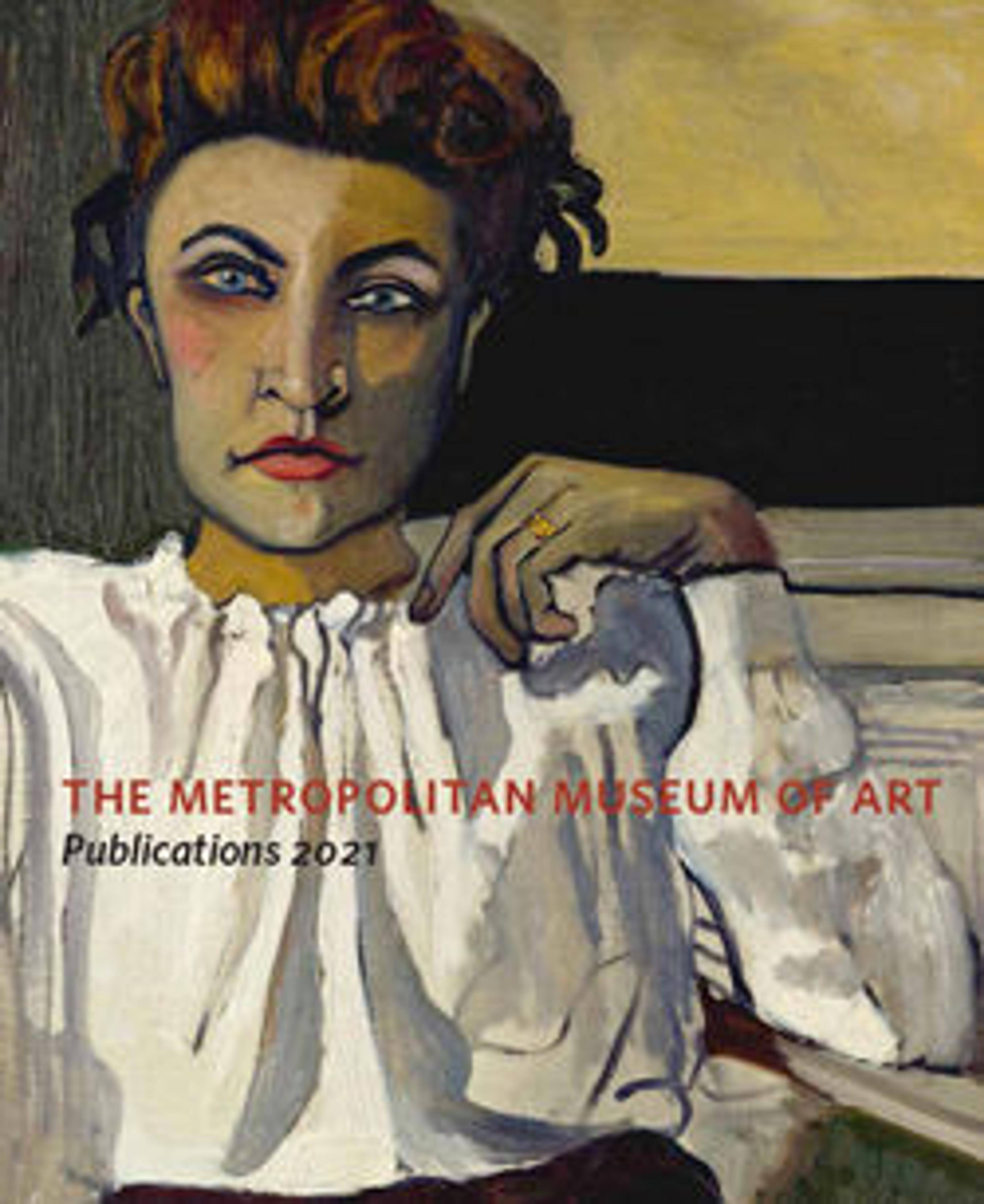English
Seated Giant
Executed entirely in aquatint, this is one of Goya’s most technically ambitious yet enigmatic prints. A giant dominating a desolate landscape is captured in a moment of transition. He turns his head toward us as if roused from deep thought, slumber, or despondency. Perhaps he had been awaiting the dawning of a new day and turns because that moment has come. Goya used aquatint to achieve subtle effects of light and dark—an apt technique for depicting a crepuscular atmosphere and conveying the sense of unease that pervades the composition.
It is not known exactly when Goya made this print. It has been dated from around 1800 or ‘by 1818'. There is a close relationship between the print and the famous painting of the Colossus in the Museo del Prado, a painting thought to relate to the Peninsular War, symbolizing either a rampaging tyrant or a protector against enemy invaders. In the print, positioned above the desolation, the giant might embody sorrow in war’s aftermath, the bleak landscape symbolizing brutal conflict and the lower white strip suggesting obliteration.
The painting has long been attributed to Goya, but in 2008 the Prado Museum designated it as a studio work and not by the master himself. There is no consensus, and disagreement continues, but there is growing support for it to be returned to Goya. The print is critical in the debate about the authorship of the painting. If the painting is a studio work then the artist borrowed the figure of Colossus from Goya’s print. Given his imagination and originality, it seems highly unlikely that Goya would borrow the figure from someone else’s painting to use as the basis for his print.
(Mark McDonald)
It is not known exactly when Goya made this print. It has been dated from around 1800 or ‘by 1818'. There is a close relationship between the print and the famous painting of the Colossus in the Museo del Prado, a painting thought to relate to the Peninsular War, symbolizing either a rampaging tyrant or a protector against enemy invaders. In the print, positioned above the desolation, the giant might embody sorrow in war’s aftermath, the bleak landscape symbolizing brutal conflict and the lower white strip suggesting obliteration.
The painting has long been attributed to Goya, but in 2008 the Prado Museum designated it as a studio work and not by the master himself. There is no consensus, and disagreement continues, but there is growing support for it to be returned to Goya. The print is critical in the debate about the authorship of the painting. If the painting is a studio work then the artist borrowed the figure of Colossus from Goya’s print. Given his imagination and originality, it seems highly unlikely that Goya would borrow the figure from someone else’s painting to use as the basis for his print.
(Mark McDonald)
Artwork Details
- Title: Seated Giant
- Artist: Goya (Francisco de Goya y Lucientes) (Spanish, Fuendetodos 1746–1828 Bordeaux)
- Date: by 1818 (possibly 1814–18)
- Medium: Burnished aquatint, scaper, roulette, lavis (along the top of the landscape and within the landscape)
- Dimensions: Plate: 11 3/16 × 8 3/16 in. (28.4 × 20.8 cm)
Framed: 21 3/4 × 19 in. (55.2 × 48.3 cm) - Classification: Prints
- Credit Line: Harris Brisbane Dick Fund, 1935
- Object Number: 35.42
- Curatorial Department: Drawings and Prints
More Artwork
Research Resources
The Met provides unparalleled resources for research and welcomes an international community of students and scholars. The Met's Open Access API is where creators and researchers can connect to the The Met collection. Open Access data and public domain images are available for unrestricted commercial and noncommercial use without permission or fee.
To request images under copyright and other restrictions, please use this Image Request form.
Feedback
We continue to research and examine historical and cultural context for objects in The Met collection. If you have comments or questions about this object record, please complete and submit this form. The Museum looks forward to receiving your comments.
